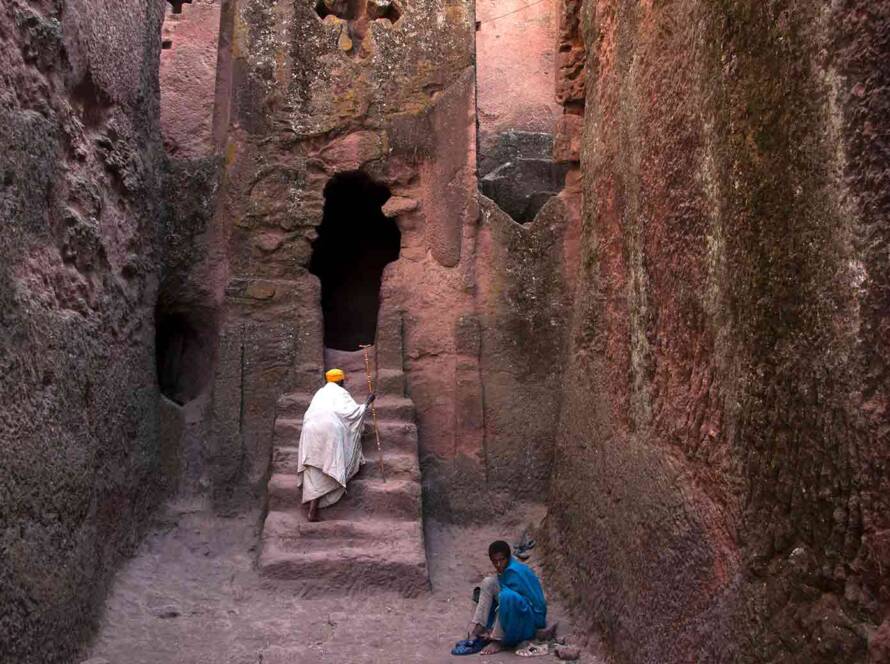Have you ever heard of the Ethiopian calendar system? It is a unique and fascinating way to measure time, with 13 months of sunshine instead of 12.
The Ethiopian calendar is based on the ancient Coptic calendar, which was used in Egypt before it adopted the Gregorian calendar in 1875. The Coptic year consists of 12 months that are each 30 days long, plus an additional 5 or 6 epagomenal days at the end of every year. This means that there are 365 days in a regular Coptic year and 366 days in a leap year.
In Ethiopia, however, they have added an extra month called Pagume to make up for this discrepancy between their solar-based calendars and our modern Gregorian one. This means that their years consist of 13 months instead of 12! Each month has 30 days except for Pagume which only has 5 or 6 depending on whether it’s a leap year or not.
This system makes sense because Ethiopia follows its own version of Easter (called Fasika) which falls on different dates than those celebrated by other Christian denominations around the world due to differences between their calendars. By having an extra month built into their yearly cycle, Ethiopians can ensure that Fasika always falls



